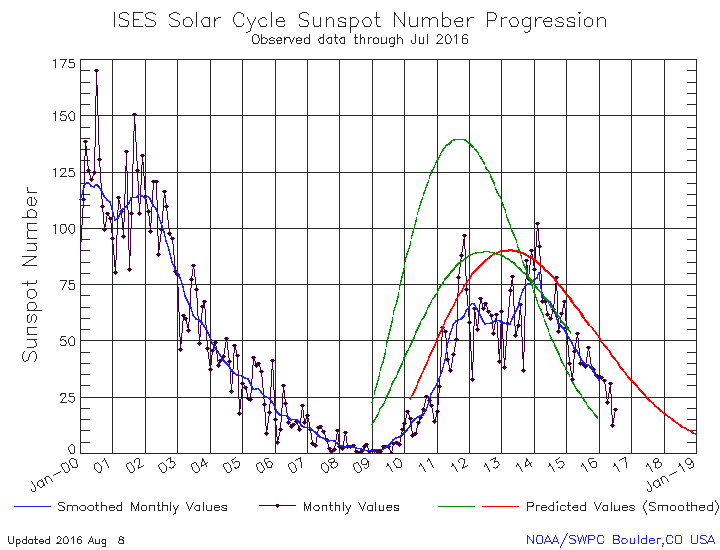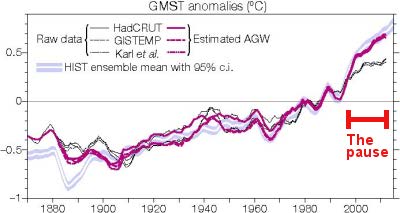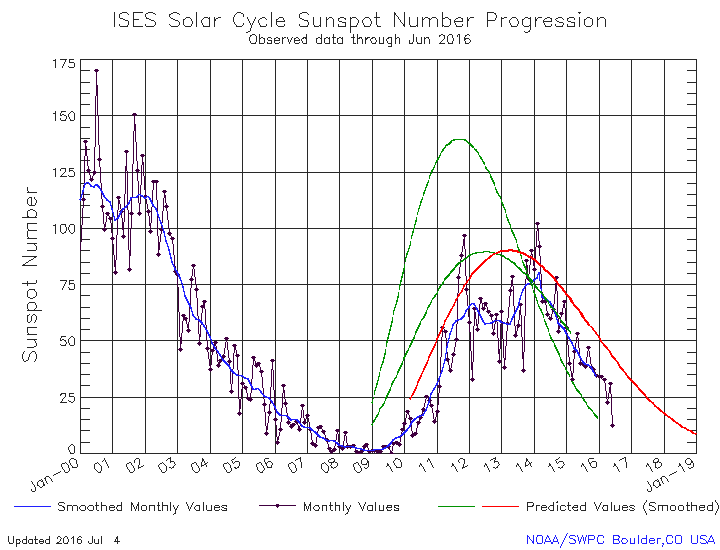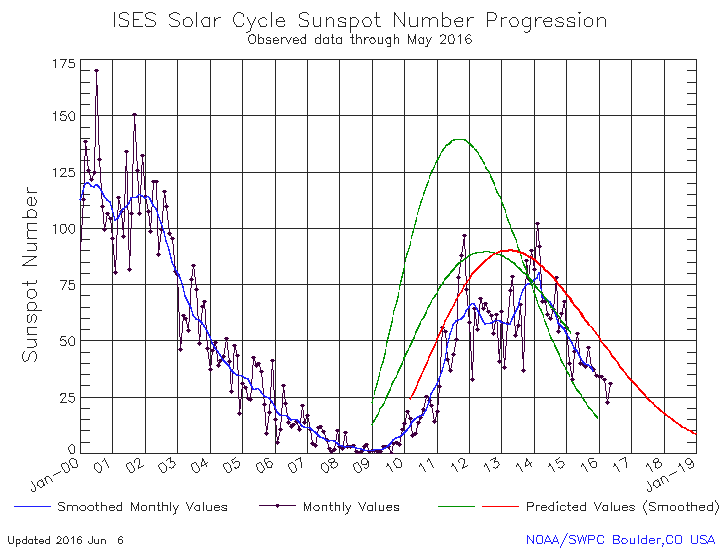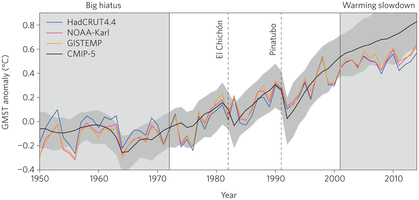Court rules EPA violated privacy of farmers and ranchers
The law is such an inconvenient thing: A federal appeals court has ruled that the EPA violated the privacy rights of farmers and ranchers when it provided environmental groups their personal information.
I find it interesting that the federal bureaucracy is often very quick to redact vast amounts of information demanded of them due to investigations of their corruption and abuse of power, but here they hand over the private confidential information of farmer and ranchers to their political enemies, without a second thought. You’d almost think they were working in league with these environmental groups.
The law is such an inconvenient thing: A federal appeals court has ruled that the EPA violated the privacy rights of farmers and ranchers when it provided environmental groups their personal information.
I find it interesting that the federal bureaucracy is often very quick to redact vast amounts of information demanded of them due to investigations of their corruption and abuse of power, but here they hand over the private confidential information of farmer and ranchers to their political enemies, without a second thought. You’d almost think they were working in league with these environmental groups.

